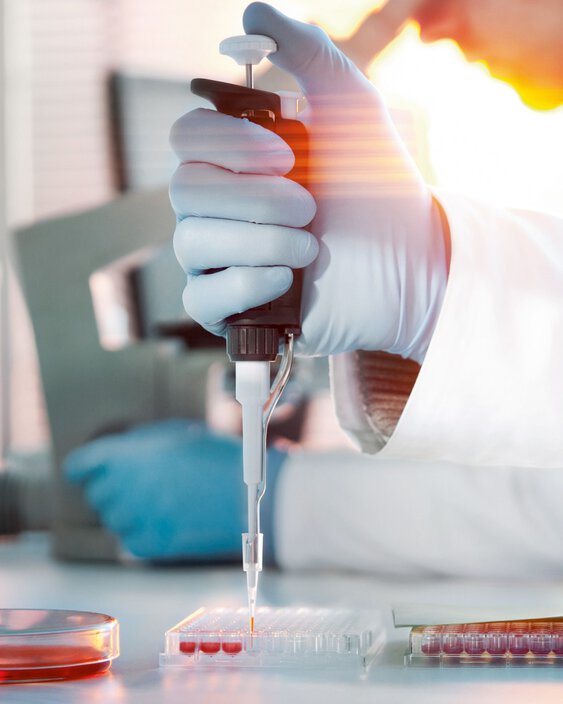
Harmful to the environment and health
Toxic chemicals
Despite progress in defining and regulating the use of toxic chemicals, (re)insurers may experience greater claims activity from this source in the future.
Loading ...
Toxic chemicals are substances which may be harmful to the environment or hazardous to health conditions if inhaled, ingested or absorbed through the skin.
Following severe chemical disasters in the past (e.g. Seveso 1976, Bhopal 1984), several regulatory rules were implemented to mitigate and control the risk from the use of chemical substances. The most prominent regulatory frameworks are the United Nations GHS system, the European Union's REACH regulation and the Stockholm Convention on Persistent Organic Pollutants.
The Globally Harmonized System of Classification and Labelling of Chemicals (GHS) is an internationally agreed-upon system, created by the United Nations. It is designed to replace the various classification and labelling standards used in different countries by using consistent criteria for classification and labelling on a global level. The GHS classification looks at three areas:
- Physical hazards: Physical hazards are largely based on those of the United Nations Dangerous Goods System
- Health hazards: The types of toxicities where substances may cause lethality to the entire body, lethality to specific organs, major/minor damage or cause cancer
- Environmental hazards: The focus is on degradability, bioaccumulation and aquatic toxicity
Most industrialised countries have already implemented the GHS rules. Registration, Evaluation, Authorisation and Restriction of Chemicals (REACH) is a European Union regulation of 2006. REACH addresses the production, use and trade of chemical substances, and their potential impacts on both human health and the environment. It is the strictest law to date regulating chemical substances and affects industries throughout the world. REACH entered into force as long ago as June 2007.
REACH requires all companies manufacturing or importing chemical substances into the European Union in quantities of one metric ton or more per year to register these substances with the European Chemicals Agency (ECHA) in Helsinki. Since REACH applies to some substances that are contained in objects, any company importing goods into Europe could be affected. REACH also addresses the continued use of chemical substances of very high concern (SVHC) because of their potential negative impacts on human health or the environment. As of June 2024, there are 241 SVHC's on the candidate list for authorisation.
The Stockholm Convention on Persistent Organic Pollutants is an international environmental treaty that aims to eliminate or restrict the production and use of persistent organic pollutants. The negotiations were completed in 2001 in Stockholm and the convention entered in force in 2004. There were initially twelve distinct chemicals listed known as the "dirty dozen". Parties to the convention have agreed to a process by which persistent toxic compounds can be reviewed and added to the convention if they meet criteria for persistence and transboundary threat. As of June 2024, there are 186 parties to the Convention (185 states and the European Union).
Increased regulatory attention has shifted to environmental, personal and occupational exposure control and monitoring. As regulation increases, the number of claims is likely to rise. The (re)insurance industry may be affected in treaty and facultative business by major claims generated by toxic chemicals. Business lines at risk are product liability, product recall, workmen's compensation, employer's liability, business interruption, transport and marine, general liability and environmental liability.